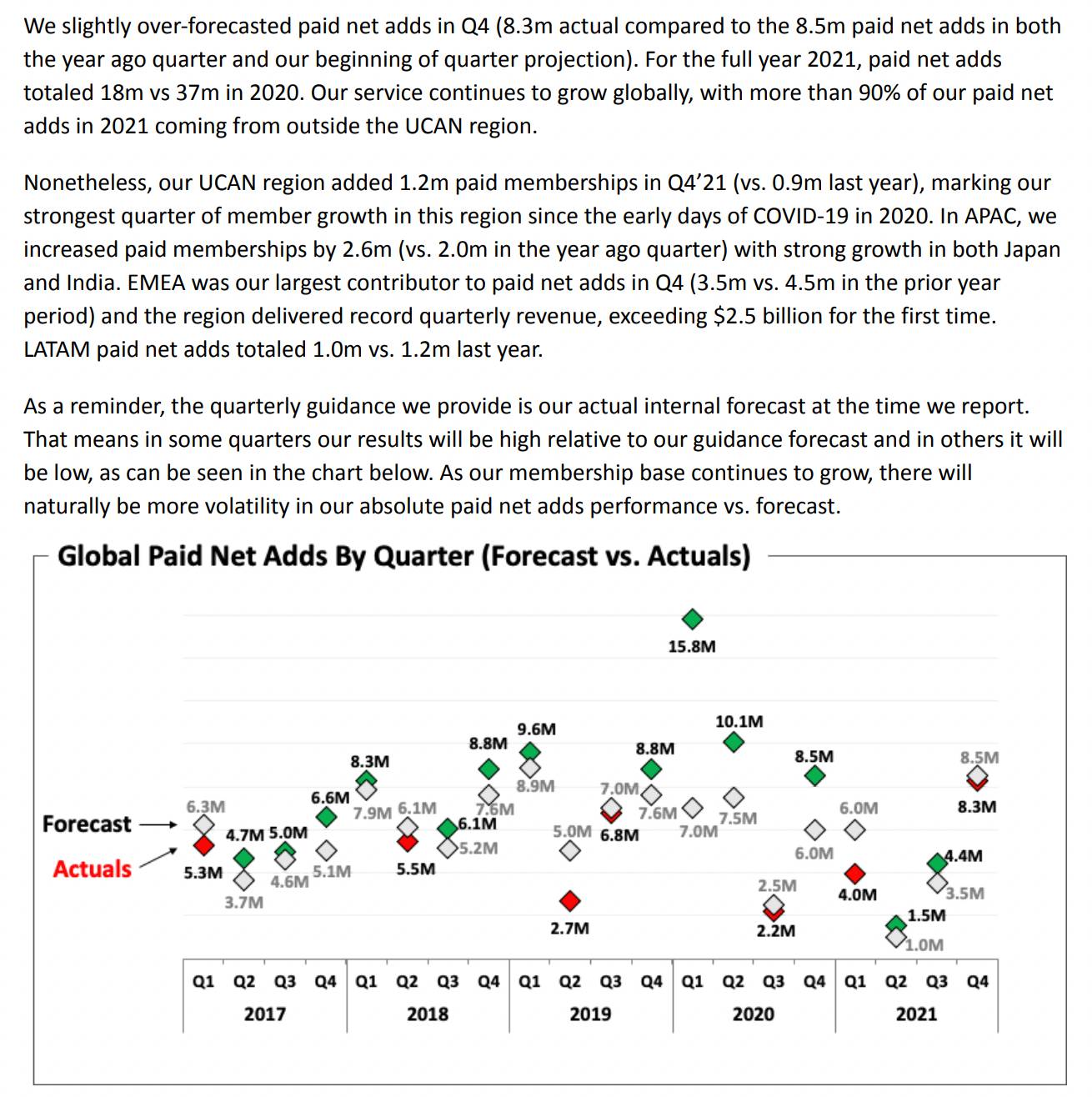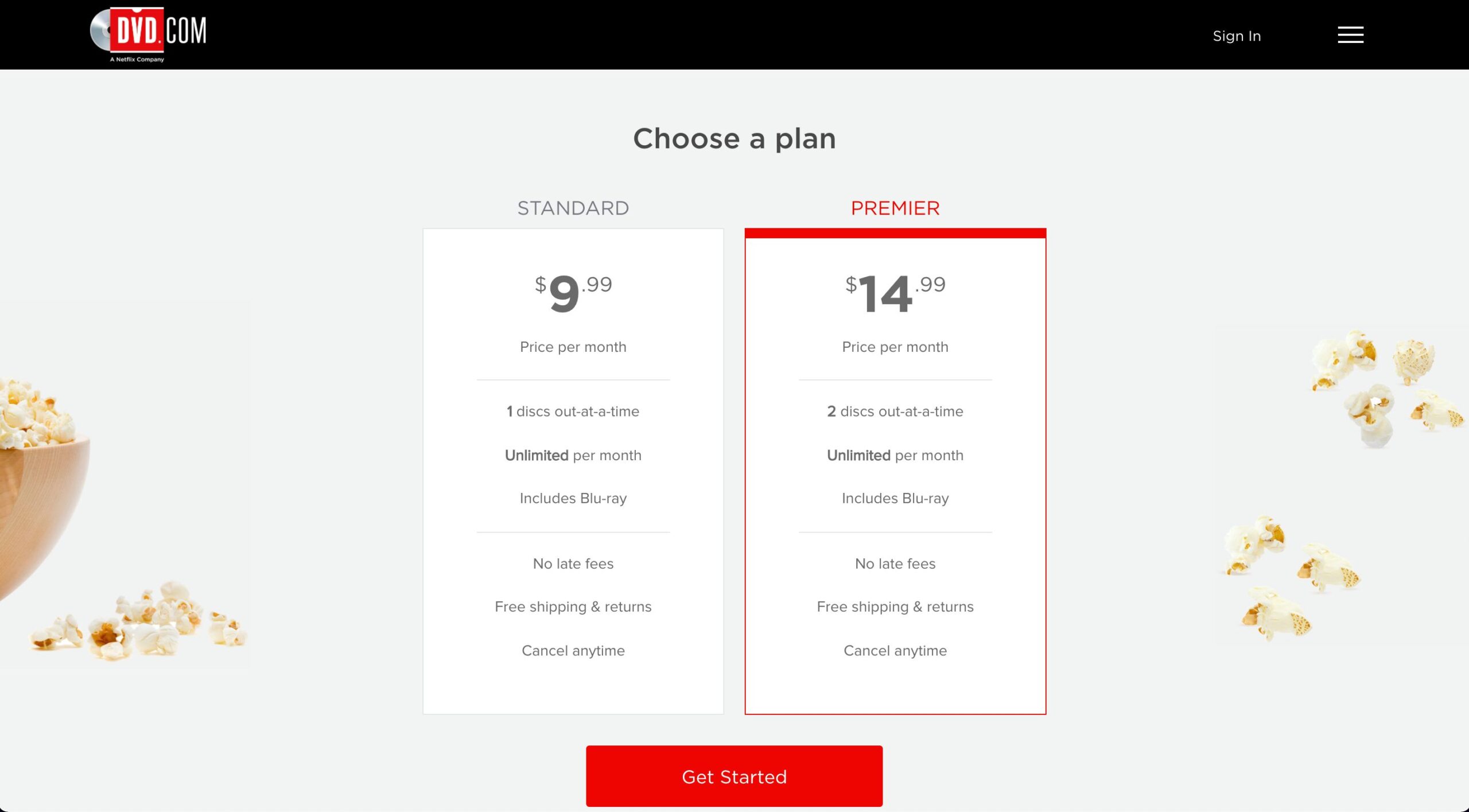
Netflix’s quarterly results announcement seems to be the trigger for the occasional opinion pieces on ‘subscription fatigue’. Every time the streaming platform’s expected new subscriber additions are less than the actual sign-ups, these articles pontificate if there is subscription fatigue among users of all kinds of subscriptions.

Subscription fatigue could happen in 2 different ways – existing users take stock of all their subscriptions and cancel those that they don’t think adds sufficient value anymore, or new users hesitate to/do not sign up for services because of their perceived value from equivalent/existing services is adequate.
At one point in time recently, I sat down with my wife to take stock of all the subscriptions we had signed up for. It’s not easy, though. These subscriptions have been signed up through multiple methods of recurring payment – bank account, credit card, etc. And when we completed the task, we found our subscriptions in double-digits, and it helped us cull some of these that we haven’t utilized in many, many months in any meaningful way! That the unsubscribe options are usually really cumbersome is another matter altogether.
To some extent, the recent changes in recurring payments by RBI were instrumental in my taking a second look at the number of subscriptions I have, by force (and not out of choice). Quite a few of my recurring payments got stuck and I got emails from the respective services that they would cut my subscription if I don’t change the card (to one that makes recurring payments possible). It wasn’t the card’s mistake at all but most services assumed it to be and blamed the poor card companies!
Take just music, in my case (since I’m a voracious listener of music given my other interest in reviewing music, since 2005). I had subscribed to,
1. JioSaavn
2. Spotify
3. Apple Music
4. Amazon Music (part of Prime)
I had to consciously think about my usage over the past 1-2 months to even start thinking about what I needed and what I did not. Since we have 2 Alexa devices (for the kids), and since they cannot stream music from the same service at the same time over Amazon Music (unless you had a Family plan), the 2nd streaming music service was essential. This could be Apple Music or Spotify. I explore new music on Apple Music and YouTube while streaming music for myself on Spotify (including my own Weeklies playlists). That left JioSaavn as the unused service, so I let it lapse (annual subscription!). I signed up for YouTube Premium, but after the first trial (free) month, the service was not able to renew itself due to RBI’s new rules on recurring payments. That gave me an opportunity to rethink my usage and I canceled that as well.
With music, since it is my usage largely, it is easier to decide. But when it comes to streaming videos, things get considerably more difficult since there are multiple audiences within the home.
Before we entered the phase of subscription overdose, in more peaceful days, a ‘subscription’ usually meant only magazine subscriptions! I reckon Readers Digest was perhaps one such magazine that made subscriptions famous, by dangling many freebies to entice Indians to subscribe!
Even the daily newspaper service was not seen as a subscription because you did not pay money in advance for it – you paid the delivery person at the end of the month. Ditto with cable TV services that we called as ‘subscription’, but we paid for it at the end of each month with cash when someone landed at our doorstep.
The real subscription revolution perhaps arrived much later (or more recently) because of recurring monthly payments as a feature. This was called ‘standing instructions’ with a bank account but became incredibly simple with credit cards and digital subscriptions.
Instead of asking us to pay for one whole year, the ease of digital transactions made it possible to charge on a monthly basis, and usually small’ish looking amounts. This made subscriptions something of an addictive behavior that we can indulge in once, and enjoy the benefits over a period of time.
So the services need to convince us just once, and once we sign up, we open the money tap to the service that automatically takes small amounts from our card/account periodically. Given the poor penetration of credit cards in India, our companies have tried so many options to induce the subscription behavior, including carrier-billing – the subscription fee added to our mobile bill (by Airtel, for instance) so that there’s only one payment from our side and the services split the money from the carrier as part of a tie-up.
But now, with multiple competing services for everything, there is probably a propensity to seriously consider what we have subscribed to, subscribing to… and what to keep/remove.
OTT platforms are a good case in point. There are so many to choose from – from as little as Rs. 99 per month to Rs. 499 per month (and more). And because there is so much to choose from, it almost feels like we need to be reminded of the value we are getting from the ones we have subscribed to on a frequent basis. If we don’t seem to gain that value periodically, that may result in us thinking about ‘why am I paying X for this monthly instead of Y for that?’.
This may not be a problem for services where we use the products on a regular basis. For instance, Dollar Shave Club’s business model of offering razor blades on a subscription model was a masterstroke, in hindsight. You need the blades every month anyway, so why think of Gillette every month during the time of need when you can have it delivered to your home predictably? And you would be using the blades, and wouldn’t need to think of value constantly.
But a Netflix is different. Content quality is not as uniform as a razor blade and varies wildly (is subjective!). Yet, we are expected to pay the same fee every month regardless of our relative satisfaction from specific pieces of content. And there are tons of competing services that keep throwing new titles at us month after month, just like Netflix.
Even if subscriber fatigue may not have kicked in so far, I do expect it to set sooner, at least in the OTT segment.
Is there a way out for brands like Netflix to consistently increase new subscriber sign-ups without reducing the price while offering the same unlimited bouquet of content?
My guess is around metered subscriptions.
We already have variations of metered subscriptions. One good example is broadband, where we pay X for a particular amount of bandwidth. Usually, we pick a bandwidth that helps us tide through a month comfortably plus some more. This is different from a pay-as-you-use model adopted for electricity. With metered plans, we have the comfort of moving inside a large’ish range and not worry about going overboard or lacking in supply or overbilling.
Perhaps the best example of tiered subscriptions is from Amazon Audible, the audiobook service. You pay a monthly fee to Audible that doesn’t allow you to listen to anything – your fee gives you a certain number of credits that you use to redeem select titles. It’s just like a library subscription if you think about it – you pay X and that entitles you to pick 4-5 books in one visit. You finish them, return them and pick 4-5 more.
This seems like a more reasonable and pragmatic model in the long run than the ‘eat all you can’ mania that we are being sold now. Theoretically, when I pay Rs. 499 to Netflix for a month, I can sit and watch many, many, many things every day and feel like I have gotten my money’s worth plus some/lot more. But OTTs are entertainment, not life.
Right now, we are paying a monthly fee for the potential of being able to access an unlimited content library. The larger the library, the larger we feel the value of our fee. But, in reality, what we end up watching is a tiny fragment. It would be like picking a 1000GB broadband plan and realizing after a year that we have been using, on average, only 200GB per month, and that there is a 300GB per month plan too at a cheaper cost!
We do not think on these lines with a Netflix because we’ve been tuned to see the content’s upper limit and range, not what we can potentially, and humanly, consume.
If, for instance, Netflix adds metered plans, how could that look?
Imagine a Rs. 29 Netflix plan that entitles you to pick any 30 films per month and any 30 shows (of any length) per month.
Or a Rs. 59 plan that entitles you to pick any 60 films per month and any 60 shows (of any length) per month.
These are just random numbers I have assumed – no specific reason/basis. And imagine that you can roll over your unseen title numbers from one month to another month!
How would this change your behavior?
To start with, Rs. 29 and Rs. 59 are very cheap compared to the existing plans from the platform. And because there is a limit, you may be incentivized to be choosy, unlike the complete free-for-all behavior you have been indulging in.
And because of the roll-over possibilities, you may think there will be more value as you stay with the subscription!
The intent behind such metered plans is very different from the current plans available. Even a Rs. 49 tiered plan is free-fo-all – you can technically pick anything to watch; there’s no content gating. There is only a content limit, a very generous one at that.
Building such limits at a user level is not going to be difficult either. Even music streaming platforms could do that, if they wanted to – say, any 100+ songs free per day, to enable 5,000 songs per month that can be streamed unlimited. If you want 10,000 songs to be streamed per month, another tier.
The reason why these platforms have not planned for tiered plans yet is perhaps the fact that most users consume only this much, but are anyway paying top dollars for those plans. Would it make sense to introduce a lower-priced plan where the offer is exactly what they are already doing without counting/realizing?
I reckon it would. One, mentally, more people may be open to subscribing since the entry barrier is lower. Would it mean existing users could move to these cheaper plans too… only to realize that they don’t max out their plans and feel like dolts for having paid a lot more for the same quantity? Now, that may one reason why Netflix may not launch these at all 🙂
Ironically, most of the leading OTT platforms have the same type of non-metered, unlimited plans where the options and pricing tiers are based not on content limits but other factors like the number of devices one can play content concurrently on, video streaming quality, and so on.
By the way, Netflix actually has metered plans like this… not for streaming, but for their DVD rental business!

Related read: The way companies entice you into a subscription business – free trials, and the ethics involved.
